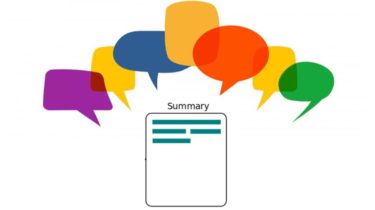Issue #118 – EDITOR: a Repositioning Transformer with Soft Lexical Constraints
18 Feb21 Issue #118 – EDITOR: a Repositioning Transformer with Soft Lexical Constraints Author: Dr. Karin Sim, Machine Translation Scientist @ Iconic EDITOR: an Edit-Based Transformer with Repositioning for Neural MT with Soft Lexical Constraints Introduction On our blog a couple of weeks ago (issue 116), Patrik explored fully non-autoregressive machine translation, highlighting the tricks such as dependency reduction that enabled quality to be maintained while retaining the speed-up gains over autoregressive MT. Today we revisit non-autoregressive translation (NAT), examining […]
Read more


